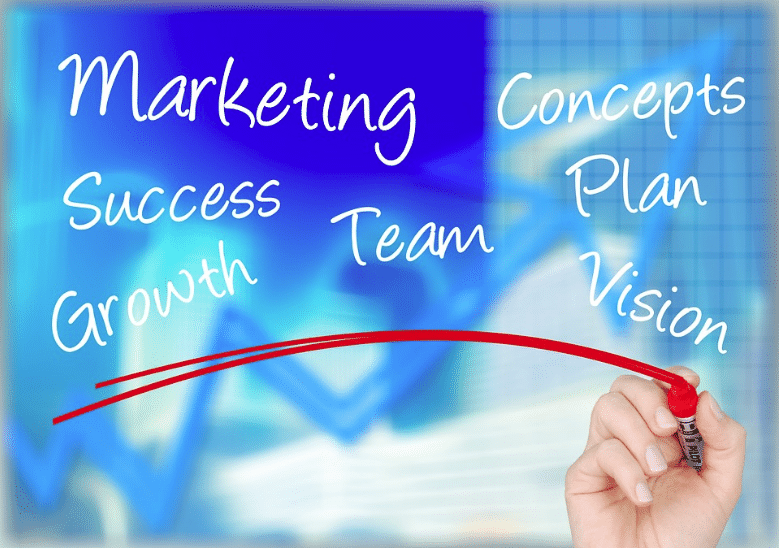Many people don’t know how challenging marketing and PR can be. These professionals depend on the power of persuasion to sway customers to buy.
Yet, the situation is a lot worse for PR practitioners. Their main tool is third-party endorsements like testimonials, networking, and word-of-mouth. Although these are great ways to sway customers, they have also received a bad reputation throughout the years.
Marketers can buy advertising space to pass their message. The PR practitioner depends on their ability to choose the best methods to communicate. They must do this without overspending money on space.
Reputation management and generating positive coverage with stakeholders is challenging. Good presentation skills are a must to succeed in the job.
We will share some presentation do’s and don’ts for PR and marketing professionals. Applying these tips can be a game-changer in how you communicate with audiences.
DO start engaging from the very beginning
First impressions matter a lot when communicating with audiences. The marketing and PR professionals must spend time on introductions. Utilize icebreakers or anecdotes to make you more relatable. It is important to ensure that the stakeholders you are presenting to respond well to your personality.
It helps if you can place yourself in their shoes. Does your personality come across as warm or aloof? Do you look like you understand the problem and can provide a solution? You are not there to push products or services so that you can land a sale. Rather, you are there to make them feel like you understand them. You aim to become that partner they can trust.
DO be strategic about how you do your presentations
Start by understanding your audience well. It will guide how you package your presentations. It is crucial to capture their attention right from the very beginning.
Use available resources like free PowerPoint themes to create engaging presentations. They allow you to customize them as you wish. You have the option of adding audiovisual elements for better engagement.
Come up with a structure that will guide the presentation. The most important sections are:-
- An introduction that is engaging and highlights the pertinent areas you will cover
- A body of evidence that supports what you are saying. Take advantage of case studies and other successes to showcase your expertise
- The summary comprises a key takeaway you want your audiences to leave with.
Have the Kawasaki 10/20/30rules on PowerPoint presentations in mind. It means you have a maximum of 10 slides. The presentation should not exceed 20 minutes. And finally, the font size should never be less than 30.
Remember to leave enough time for interaction at the end of the presentation. It will eat into your presentation time. But, feedback and the opportunity to provide clarity are critical.
DO speak the language of the audiences
You walk into a room full of accountants and investors. Your presentation is full of PR and marketing language that only your colleagues understand. You start to throw in words like brand awareness, brand positioning, click rates, and so on.
We can bet right now that before long, the audience’s eyes will start to glaze over. Pretty soon, you will be talking to yourself because they have switched off. What you did was use language that is not familiar to the audience.
They were unable to engage with what you were saying. It goes back to understanding who you will be talking to. You then adapt your language to what would have relevance to them. Such a group would be interested in ROI, revenue, and the bottom line.
DON’T wing it
Yes, you are an expert at PR and marketing. You have handled multiple presentations over the years. But, treat every presentation like it is the first time you are doing it. Spend some time practicing and rehearsing before the actual presentation day. Do it in front of a mirror and before someone who can give you honest feedback.
The problem with going into the presentation room without preparation is it will show. You may fumble over some of the parts. You may find it difficult to answer some of the questions the audiences will ask. Your thought process will be all over, and you may stray from the subject.
Remember, your goal is to persuade the audiences that you are capable. But how can you do that if you cannot communicate well with them?
DON’T give inaccurate information
Some people have a bad impression of PR and marketing professionals. They see them as people who can hide the truth or tweak it to suit their end goals. They may use deception or manipulative tactics to influence public opinion. That is the basis of the dubious distinction of spin doctors or spin masters.
Now imagine you are in a room full of people who already have a negative perception of you. You go ahead and give inaccurate information in your presentation. The damage to the company or brand reputation could be irreparable. That is why it is important to research and have data to support any claims.
DON’T overload the audiences
Data overload is an example of a bad presentation. You may think that it makes you look clever. But, the only thing you will achieve is to confuse your audiences. Break down information into digestible bits.
Use graphs and charts instead of having too much text in the slides. Highlight any areas you want the listeners to pay more attention to. You can always share additional information via email with those who have an interest.
Final thoughts
Marketing and PR professionals must take the time to know how to do proper presentations. What you say has an impact on the audience’s perception of you and your brand.
When working on slides, use available resources like the free PowerPoint templates. It helps you from having to start everything from scratch. Be factual and have relevant data to support whatever you say.
Break down the information into small digestible chunks for better engagement. Also, take your time to practice the presentation. It helps avoid mistakes or straying from the key message.









